
Jieming Jiang: The Plant Cell First Author
The Plant Cell: Author Profiles
Jieming Jiang, first author of "A diRNA–protein scaffold module mediates SMC5/6 recruitment in plant DNA repair"
Current Position: Associate Research Fellow
Education: South China Normal University, Doctor
Non-scientific Interests: Keep pets, Travel
Brief bio: I joined the research team…

Hongtao Tian: Plant Physiology First Author
Plant Physiology: Author Profiles
Hongtao Tian, first author of “KARRIKIN UPREGULATED F-BOX 1 negatively regulates drought resistance in Arabidopsis”
Current Position: State Key Laboratory of Cotton Biology Henan University, Postgraduate
Laboratory assistant in Zhejiang University School of Medicine, July, 2022,
Education:…
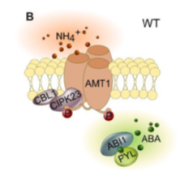
ABA-INSENSITIVE1 activates ammonium transporter AMT1 in an ABA dependent manner (Plant Physiol)
Plant Science Research WeeklyTo avoid ammonium toxicity, the ammonium transporters (AMTs) are tightly regulated by phosphorylation-dependent inactivation. The multifunctional kinase CIPK23 inactivates the AMT1s by phosphorylating conserved threonine residues (T460 in AMT1;1 and T472 in AMT1;2). ABA-INSENSITIVE1 (ABI1) and ABI2…
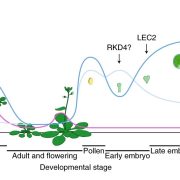
A robust mechanism for resetting juvenility during each generation in Arabidopsis (Nature Plants)
Plant Science Research WeeklyProper development requires an aging program that is regulated throughout the entire lifespan of an organism as well as across generations. In plants, reproductive cells are derived from differentiated cells, and thus the aging program encoded in these reproductive cells must be rejuvenated per generation.…
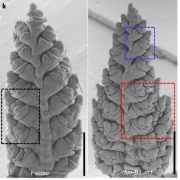
Improving bread wheat yield through modulating an unselected AP2/ERF gene (Nature Plants)
Plant Science Research WeeklyClimate emergency and the increase of human population are challenges for human food security. Plant breeders use natural genetic variation to improve crops, but bread wheat (Triticum aestivum L.) has particularly low genetic diversity with unique evolutionary constraints. Genetic modification of spike…
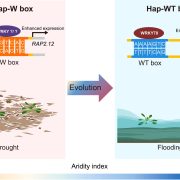
Allelic shift in cis-elements of the transcription factor gene RAP2.12 underlies adaptation associated with humidity in Arabidopsis thaliana (Science Adv)
Plant Science Research WeeklyTo better understand plant responses to different environments, Lou et al. compared Arabidopsis thaliana accessions derived from Sichuan (high precipitation/regular flooding) and Tibet (arid) to isolate genetic adaptations towards flooding stress. The two accessions showed divergent phenotypes: the Sichuan…
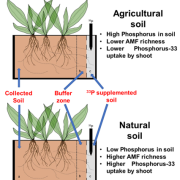
Modern agriculture practices negatively affect functions of beneficial plant microbes (Nature Ecol. Evol.)
Plant Science Research WeeklyAre modern agricultural practices good for the environment? Or at least for the crops? If we look at a small field at a particular time point, it may seem they are good. But looking at a broader picture gives a different notion. In a recent study, Edlinger et al. collected 210 soil samples from traditional…

Drought-induced civil conflict among the ancient Maya (Nature Comms)
Plant Science Research WeeklyThe observation that “Those who cannot remember the past are condemned to repeat it,” (attributed to philosopher George Santayana) is quite relevant for our efforts to comprehend the impacts of climate change. As we observe temperature and rainfall records being broken with increasing frequency,…

Plant Science Research Weekly: July 29, 2022
Blog, WWR Full PostA robust mechanism for resetting juvenility during each generation in Arabidopsis
Proper development requires an aging program that is regulated throughout the entire lifespan of an organism as well as across generations. In plants, reproductive cells are derived from differentiated cells, and thus…

